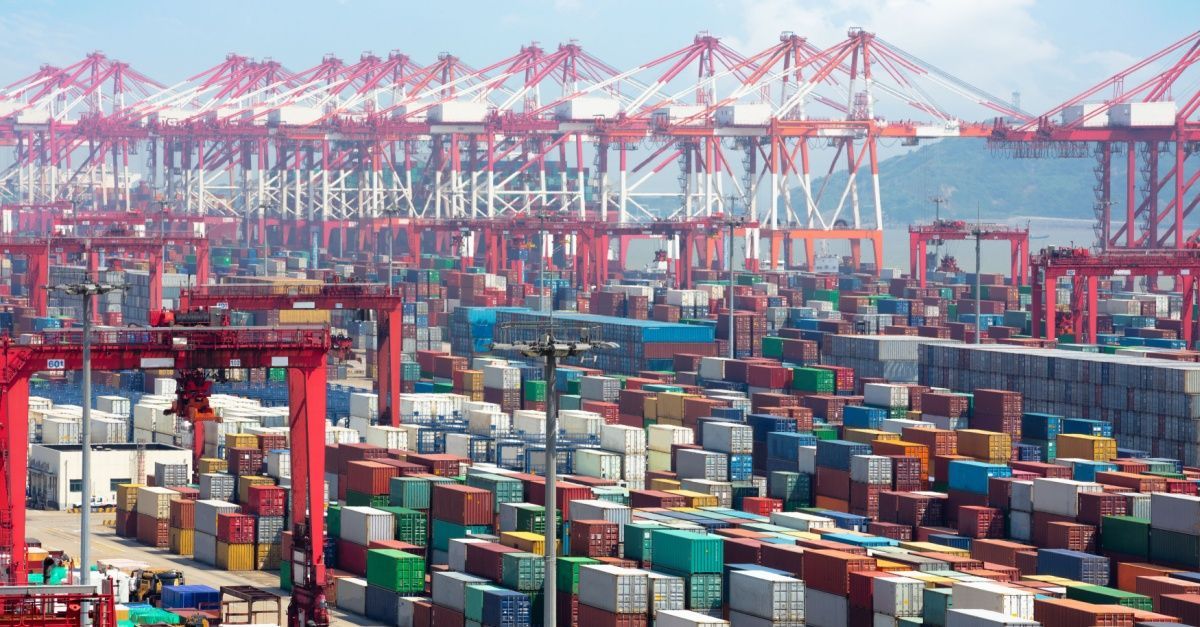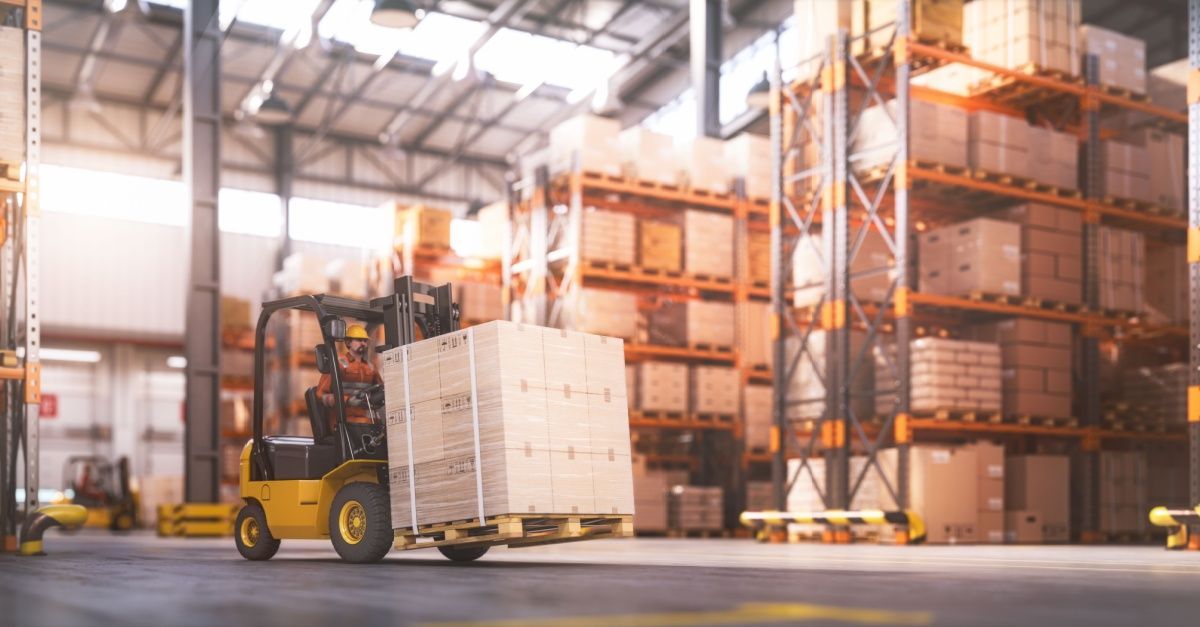How Dedicated Freight Solutions Increase Capacity
Blog Post CTA
How Dedicated Freight Solutions Increase Capacity
There are many things for shippers to know about dealing with food and beverage shipments amid today’s market volatility. One of the most significant challenges shippers and carriers alike have had to deal with in the past few years has been the continued struggle to maintain capacity and overcome port and terminal backlogs and disruptions. According to a recent report by FleetOwner, “an average of 96 container vessels are sitting offshore, with an average wait time to dock and unload of 21 days, at the Ports of Los Angeles and Long Beach in California, which handle 40% of the nation’s shipping container traffic.
That’s five times the number of containerships in the waters off L.A./Long Beach than at this time last year.” While this might seem like a shipping and vessel issue, it actually reflects the growing pressure on trucking services and the need for dedicated freight solutions. These backlogs and pileups at ports are caused by a lack of trucking capacity and drivers to carry that cargo along the next leg of the shipment course. Having dedicated fleet services and the right freight shipping partner can help overcome these shortages and make the most impact on your supply chain performance.
1. Dedicated Freight Services Prioritize Your Freight First
It is easier to maintain focus on your freight when you are working with specialized and dedicated freight solutions. This makes it easier to organize shipments, track progress, and shift orders around as needed to accommodate special shipping needs like refrigerated freight loads.
2. High-Quality Service Providers Know the Nuances of Your Needs
Dedicated fleet services are all about maintaining optimal shipping services and providing your customers with the finest quality of services. Partnering with carriers that understand your specific needs and the unique requirements of your cargo is easier when with the right freight solutions on hand.
3. Dedicated Service Comes at a Premium With Guaranteed Capacity
When you invest in your business and have a premium logistics partnership in place, dedicated freight solutions become much easier to attain—ensuring capacity when needed and having carriers that are pre-vetted and ready to provide smoother shipping operations from start to finish.
4. The Right Partners Will Scale Their Networks to Increase Capacity for You
Dedicated fleet services allow you to tap into partnership networks and talent pools to increase capacity and on-demand service opportunities. When possible, their availability can help you meet shipping goals and needs by providing easier access to more capacity opportunities.
5. Dedicated Service Means More Data-Backed Performance Tracking and Optimization
At the heart of improving shipping services is the increasing demand for real-time tracking and communications optimization. Having dedicated freight solutions can make it easier to implement new systems and onboard new tools and technology to assist shipping tracking services.
6. High-Quality Service Further Ensures More On-Time, In-Full Deliveries, Reducing Strain on Your Reverse Supply Chain
The downside to high sales and peak season orders is the inevitable need to adjust reverse logistics. By eliminating deliveries being late, damaged, or rejected by customers, dedicated fleet services can reduce the load and help you maintain higher profits.
Leverage Dedicated Freight Solutions for F&B Freight With Entourage Freight Services
When you invest in dedicated fleet services, you can better control and monitor the progress of every order and load your team handles in real-time. This proactive strategic approach is especially critical when managing sensitive loads such as refrigerated materials and temperature-controlled freight. Having dedicated processes and solutions ready to go can help your team handle disruptions and exceptions more effectively. Freight transportation is a complicated and customer-centric process that takes refined services, which are best implemented with the help of a dedicated industry partner. Contact Entourage Freight Services today to learn more and see what their dedicated freight solutions for reefer can do for you and your business.









